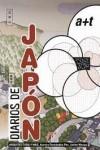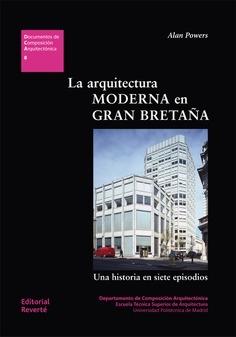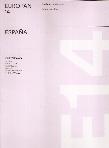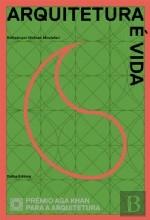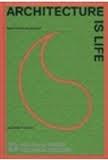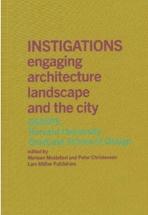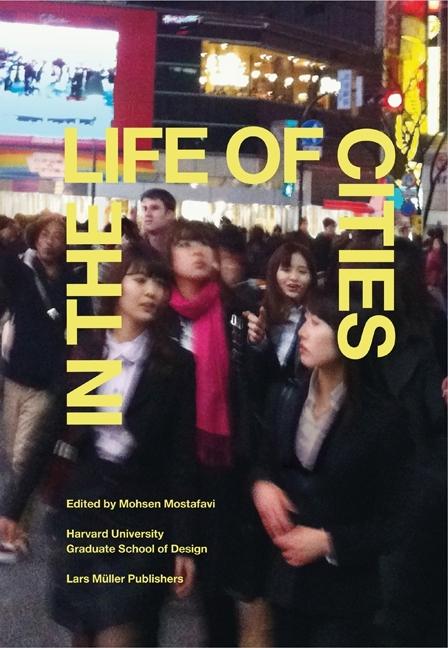AGA KAHN FOR AWARD ARCHITCETURE 2010. IMPLICATE , EXPLICATE
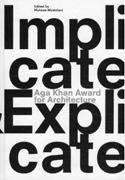
Autor/es
- EAN: 9783037782422
- ISBN: 978-3-03778-242-2
- Editorial: LARS MULLER VERLAG
- Año de la edición: 2011
- Encuadernación: Cartoné
- Medidas: 16 X 25 cm.
- Páginas: 352
- Materias:
concursos, premios y presentaciones
países: arquitectura y arte
países y emiratos árabes: arquitectura y arte
Sin stock. Envío en 15/30 días
pvp 34,00 €
The Aga Khan Award for Architecture was established in 1977 by His Highness the Aga Khan to enhance the understanding and appreciation of Islamic culture as expressed through architecture. Its method is to seek out and recognize examples of architectural excellence, encompassing concerns as varied as contemporary design, social housing, community improvement and development, restoration, reuse, and area conservation, as well as landscaping and environmental issues. The selection process emphasizes architecture that not only provides for people's physical, social and economic needs, but that also stimulates and responds to their cultural and spiritual expectations. Particular attention is given to building schemes that use local resources and appropriate technology in an innovative way, and to projects likely to inspire similar efforts elsewhere. The Award is organized on the basis of a three-year cycle and is governed by a Steering Committee chaired by the Aga Khan. The shortlist of 19 nominees for the 2010 cycle of Aga Khan Award for Architecture was announced in May 2010 by the Master Jury. The nominees, which range from a textile factory in Turkey to a school built on a bridge in China, are located in Albania, Bangladesh, Burkina Faso, China, India, Indonesia, Iran, Lebanon, Malaysia, Morocco, Qatar, Saudi Arabia, Spain, Sri Lanka, Tunisia and Turkey. The final Award recipients will be announced at a ceremony to be held at the Museum of Islamic Art in Doha, Qatar in November 2010. The 19 nominees for the 11th Cycle of the Award are: * Conservation of Gjirokastra, Gjirokastra, Albania * Chandgaon Mosque, Chittagong, Bangladesh * Nishorgo Visitor Interpretation Centre, Teknaf, Bangladesh * CBF Women's Health Centre, Ouagadougou, Burkina Faso * Bridge School, Xiashi, China * Tulou Collective Housing, Guangzhou, China * Palmyra House, Alibagh, India * Green School, Bali, Indonesia * Reconstruction of Ngibikan Village, Yogyakarta, Indonesia * Dowlat II Residential Building, Tehran, Iran * American University of Beirut Campus Master Plan, Beirut, Lebanon * Restoration of the Rubber Smokehouse, Lunas, Kedah, Malaysia * Rehabilitation of Al Qaraouiyine Mosque, Fez, Morocco * Souk Waqif, Doha, Qatar * Wadi Hanifa Wetlands, Riyadh, Saudi Arabia * Madinat Al-Zahra Museum, Cordoba, Spain * Yodakandyia Community Centre, Hambantota District, Sri Lanka * Revitalization of the recent Heritage of Tunis, Tunis, Tunisia * Ipekyol Textile Factory, Edirne, Turkey.

